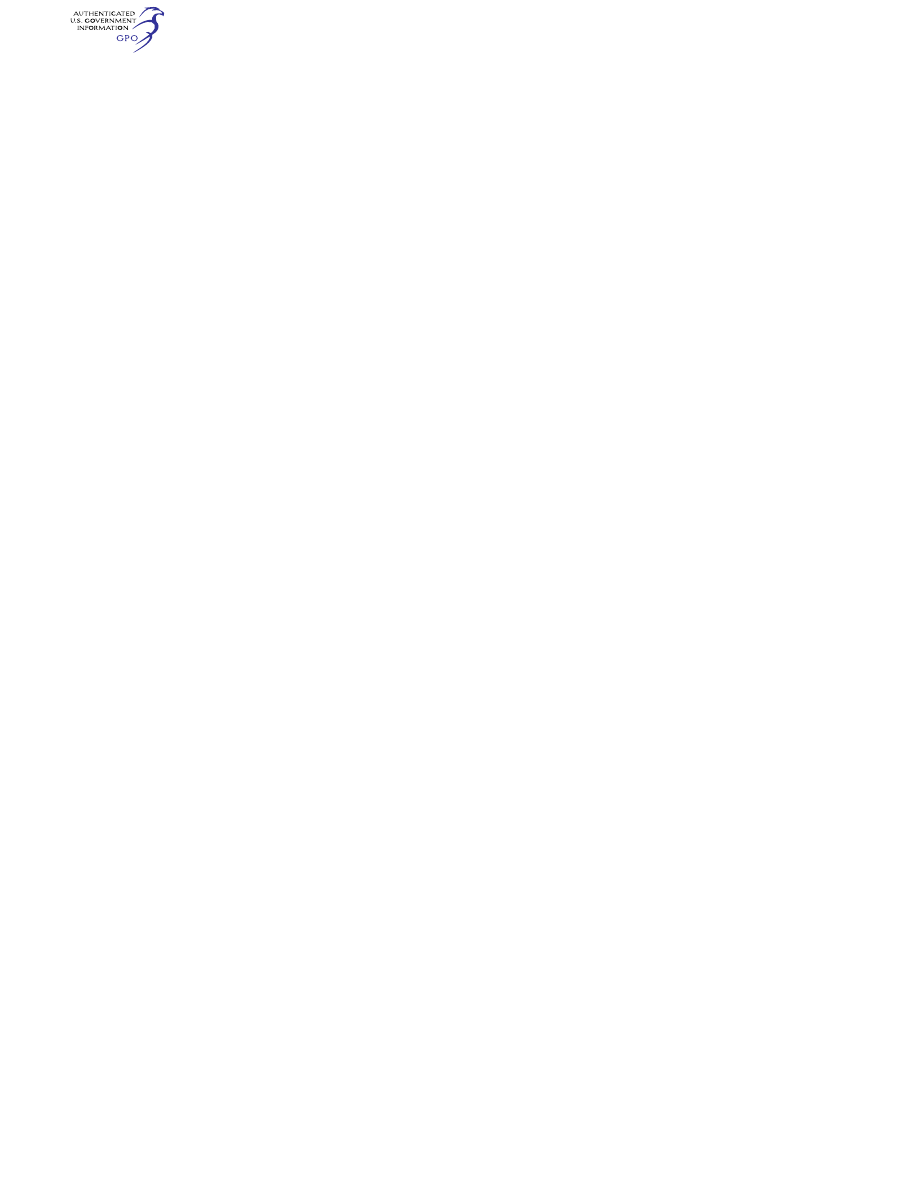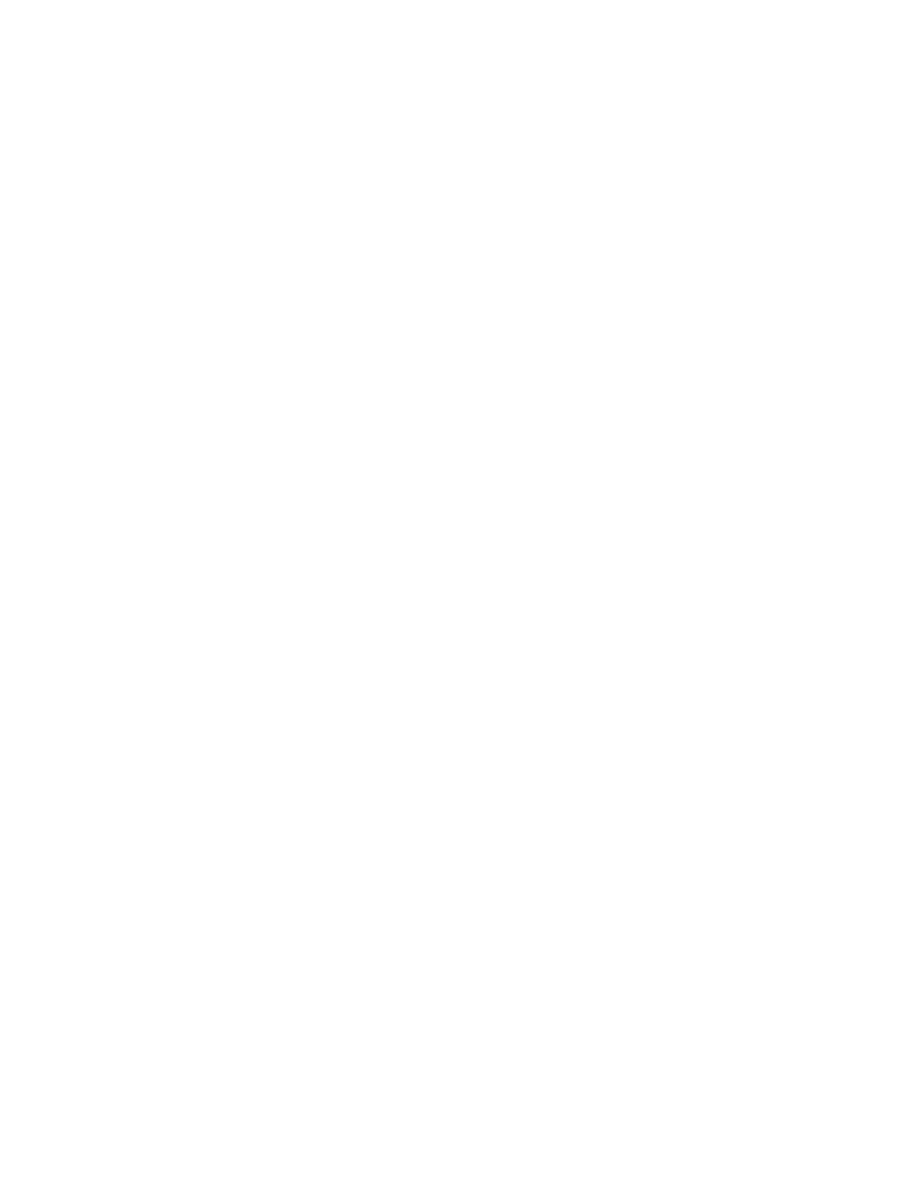
241
Federal Aviation Administration, DOT
§ 25.351
taking into account, as separate condi-
tions, the effects of—
(1) Propeller slipstream cor-
responding to maximum continuous
power at the design flap speeds
V
F,
and
with takeoff power at not less than 1.4
times the stalling speed for the par-
ticular flap position and associated
maximum weight; and
(2) A head-on gust of 25 feet per sec-
ond velocity (EAS).
(c) If flaps or other high lift devices
are to be used in en route conditions,
and with flaps in the appropriate posi-
tion at speeds up to the flap design
speed chosen for these conditions, the
airplane is assumed to be subjected to
symmetrical maneuvers and gusts
within the range determined by—
(1) Maneuvering to a positive limit
load factor as prescribed in § 25.337(b);
and
(2) The vertical gust and turbulence
conditions prescribed in § 25.341(a) and
(b).
(d) The airplane must be designed for
a maneuvering load factor of 1.5 g at
the maximum take-off weight with the
wing-flaps and similar high lift devices
in the landing configurations.
[Doc. No. 5066, 29 FR 18291, Dec. 24, 1964, as
amended by Amdt. 25–46, 43 FR 50595, Oct. 30,
1978; Amdt. 25–72, 55 FR 37607, Sept. 17, 1990;
Amdt. 25–86, 61 FR 5221, Feb. 9, 1996; Amdt.
25–91, 62 FR 40704, July 29, 1997; Amdt. 25–141,
79 FR 73468, Dec. 11, 2014]
§ 25.349
Rolling conditions.
The airplane must be designed for
loads resulting from the rolling condi-
tions specified in paragraphs (a) and (b)
of this section. Unbalanced aero-
dynamic moments about the center of
gravity must be reacted in a rational
or conservative manner, considering
the principal masses furnishing the re-
acting inertia forces.
(a)
Maneuvering. The following condi-
tions, speeds, and aileron deflections
(except as the deflections may be lim-
ited by pilot effort) must be considered
in combination with an airplane load
factor of zero and of two-thirds of the
positive maneuvering factor used in de-
sign. In determining the required aile-
ron deflections, the torsional flexi-
bility of the wing must be considered
in accordance with § 25.301(b):
(1) Conditions corresponding to
steady rolling velocities must be inves-
tigated. In addition, conditions cor-
responding to maximum angular accel-
eration must be investigated for air-
planes with engines or other weight
concentrations outboard of the fuse-
lage. For the angular acceleration con-
ditions, zero rolling velocity may be
assumed in the absence of a rational
time history investigation of the ma-
neuver.
(2) At
V
A,
a sudden deflection of the
aileron to the stop is assumed.
(3) At
V
C,
the aileron deflection must
be that required to produce a rate of
roll not less than that obtained in
paragraph (a)(2) of this section.
(4) At
V
D,
the aileron deflection must
be that required to produce a rate of
roll not less than one-third of that in
paragraph (a)(2) of this section.
(b)
Unsymmetrical gusts. The airplane
is assumed to be subjected to unsym-
metrical vertical gusts in level flight.
The resulting limit loads must be de-
termined from either the wing max-
imum airload derived directly from
§ 25.341(a), or the wing maximum air-
load derived indirectly from the
vertical load factor calculated from
§ 25.341(a). It must be assumed that 100
percent of the wing air load acts on one
side of the airplane and 80 percent of
the wing air load acts on the other
side.
[Doc. No. 5066, 29 FR 18291, Dec. 24, 1964, as
amended by Amdt. 25–23, 35 FR 5672, Apr. 8,
1970; Amdt. 25–86, 61 FR 5222, Feb. 9, 1996;
Amdt. 25–94, 63 FR 8848, Feb. 23, 1998]
§ 25.351
Yaw maneuver conditions.
The airplane must be designed for
loads resulting from the yaw maneuver
conditions specified in paragraphs (a)
through (d) of this section at speeds
from V
MC
to V
D
. Unbalanced aero-
dynamic moments about the center of
gravity must be reacted in a rational
or conservative manner considering the
airplane inertia forces. In computing
the tail loads the yawing velocity may
be assumed to be zero.
(a) With the airplane in unacceler-
ated flight at zero yaw, it is assumed
that the cockpit rudder control is sud-
denly displaced to achieve the result-
ing rudder deflection, as limited by:
VerDate Sep<11>2014
09:06 Jun 28, 2024
Jkt 262046
PO 00000
Frm 00251
Fmt 8010
Sfmt 8010
Y:\SGML\262046.XXX
262046
jspears on DSK121TN23PROD with CFR
